Spring Allergy is a recurring phenomenon in the lives of the people who are greatly affected by it. It comes into play with the very onset of the spring season. The production of pollens heightens during this season resulting in the outbreak of a series of symptoms of the same.
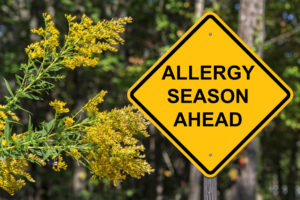
Various ways suggesting how to prevent spring allergies have been suggested by experts, but it usually seems to be a temporary fix.
Doctors across the world have been trying to figure out a permanent remedy to it so far. Spring Allergy is a dread to 8% of the total American adults and 7% of children in America suffer from it with every spring arrival.
Spring Allergy Symptoms
1. Spring Allergy symptoms are usually very common. It could be almost anything. It can start as a minor runny nose and would go escalate eventually. Spring Allergy comes with myriad symptoms which seem a day-to-day phenomenon until it escalates to the point of exhaustion.
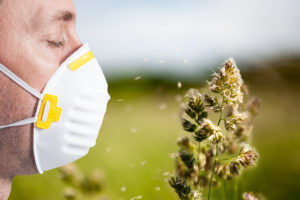
2. Continuous sneezing is a very common symptom. It may or may not lead to other related symptoms like nasal congestion. Sneezing continuously leads to the catching of cold, which congests the breathing tract. People can easily go out of breath under such circumstances. Difficulty in breathing is observed with the tightening of the chest.
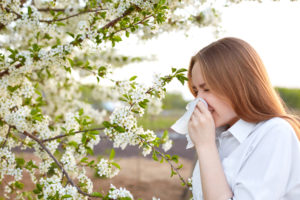
3. The Spring Allergy symptoms affect all aspects of the body. Itchiness of the throat is experienced. A runny nose and nasal congestion affect the eyes. There is a possibility of the reddening of the eyes, followed by constant itching. This leaves the eyes watery, hindering vision. If the above symptoms are accompanied by wheezing and coughing, then the allergies are confirmed.
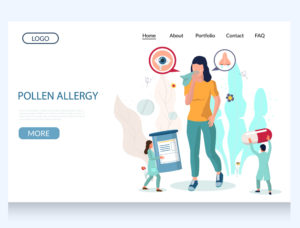
4. Usually, the allergies do not portray all the given symptoms. Even though these are the most common symptoms faced during the outbreak of spring allergies, even one of them could be a precursor of the allergy.
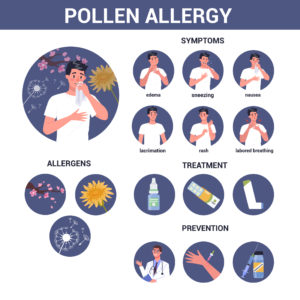
The most common allergens of spring allergies are the pollen from the mountain trees like Elm, Birch, Maple, Oak, Cypress, and the likes. However, towards the middle of the spring season, the grass pollen plays a leading role in inducing allergies.
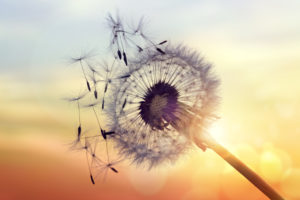
The Bermuda Grass, the Timothy Grass, the Orchard Grass are some of the many kinds of grass that contribute to the production of pollen which makes it so much more difficult for people allergic to these. Pollen from Mold Spores from Alternaria and Hormodendrum are responsible for the prolonged effects of the allergies.
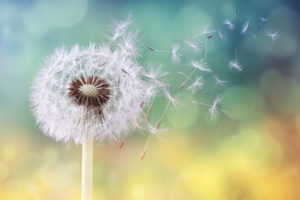
These allergies last from the spring to the autumn season. The pollen from these sources acts as allergens which induce the body to perform abnormal immune responses to combat the allergens.
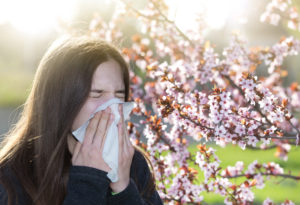
This combat leaves the body extremely exhausted and causes fatigue. Pollen released in the air by the trees and grass is extremely simple for human systems to take up. Just breathing in the air would cause the human body to inhale the millions of pollen floating freely in the air.
How to stop Spring Allergies?
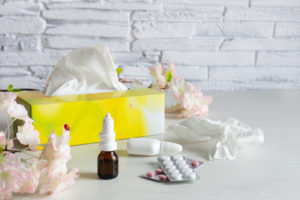
One of the easiest ways to stop spring allergies is to keep the pollen count under control. Few ways to keep the pollen count in check are listed below:
- Keep the windows rolled up during the spring season. If one breathes in a pollen-free environment, which would mean fewer chances of the allergies of surfacing.
- Check the pollen count before you go out in the spring season. There are local websites that cater to the needs of such people. They keep an updated pollen count in the locality.
- On a day when the pollen count is higher than usual, try to stay low-key and indoors.
- Keep your place dust and pollen-free by using a pet-friendly vacuum cleaner from time to time. Keeping the place clean would ensure minimum exposure to pollen.
- Adding some probiotics to the diet may have a positive effect on the retreat of the allergies.
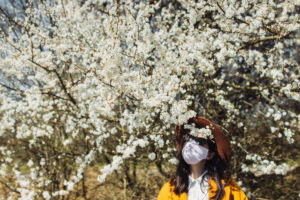
Try avoiding dairy products and gluten-rich food in order to minimize the triggers for spring allergies. While it is not possible to be absolutely pollen-free, it can be brought down considerably if the above measures are taken into consideration.
Diagnosis of Spring Allergies
Spring allergy is easily diagnosed by self in case the symptoms are repetitive. The spring allergy symptoms are easily identifiable as each individual follows a pattern in the symptoms they show.
An allergist would recommend allergy shots to prevent the symptoms from reoccurring. While there are no absolute cures to Spring Allergies, there is a list of medications that can help pacify the symptoms and uneasiness for the time being.
- Antihistamines and decongestants help in relieving the swelling of the nose and clearing the nasal passages. When a symptom like a runny nose occurs, antihistamines are the go-to rescue. Nasal sprays serve the same purpose as well. They decongest the nasal pathways and facilitate smooth breathing functions.

2. Steroid nasal sprays help in the easing of inflammations. Once the swollen nose is done away with, the individual is relieved to some extent.
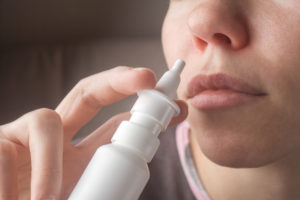
3. Eye drops help in reducing the redness of the eyes and makes the eyeless watery. This provides stability to the vision of the individual, thus bringing a moment of relief.
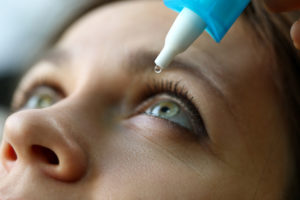
4. If you are looking for some home remedies, you may try Nasal Irrigation. The process will require saline water and an irrigation device. With the help of the device, the mucous passages will be cleared and the symptoms of spring allergies will come to a standstill.
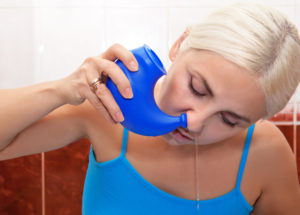
Allergies can be stopped by leading a disciplined lifestyle. A lot depends on the quality of life we lead in the modern-day. Habits like smoking and drinking will prove fatal for an allergy-prone individual in the long run. Smoking on a regular basis will lead to the vulnerability of the body and expose it to allergens.
The body will get susceptible to the actions of the allergens inducing pollen. Hence, the answer to the question, “How to prevent allergies?” can be quite simple.

Preventing spring allergies is not an easy task.Following the simple steps will only reduce the chances to some extent. For as long as we stay indoors in a clean surrounding, the risks of getting spring allergies are somewhat under control.
Josie Patra is a veteran writer with 21 years of experience. She comes with multiple degrees in literature, computer applications, multimedia design, and management. She delves into a plethora of niches and offers expert guidance on finances, stock market, budgeting, marketing strategies, and such other domains. Josie has also authored books on management, productivity, and digital marketing strategies.


